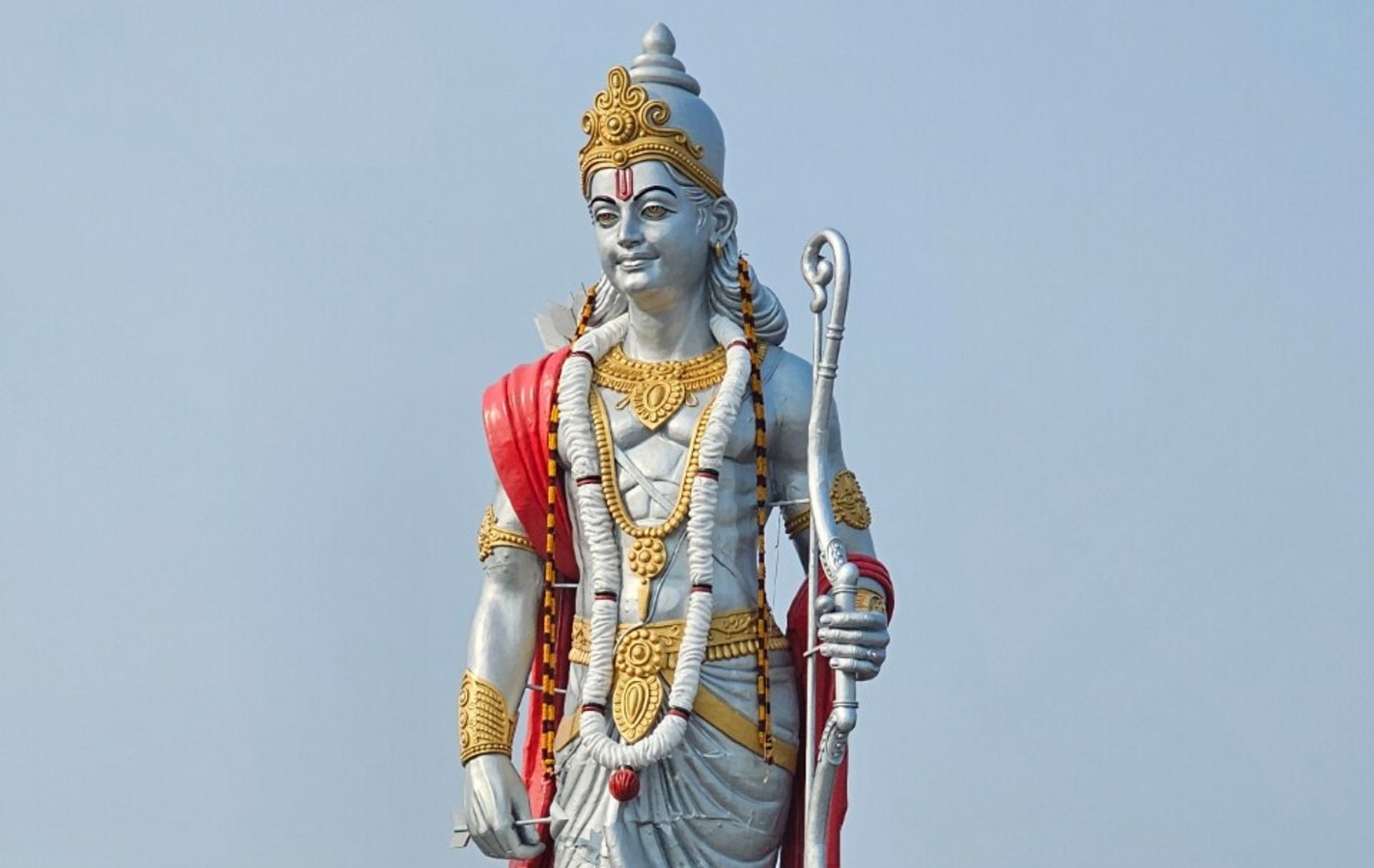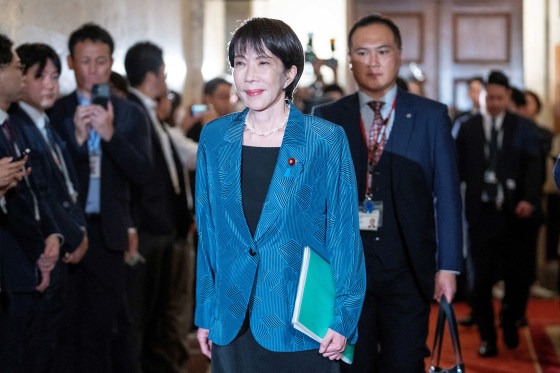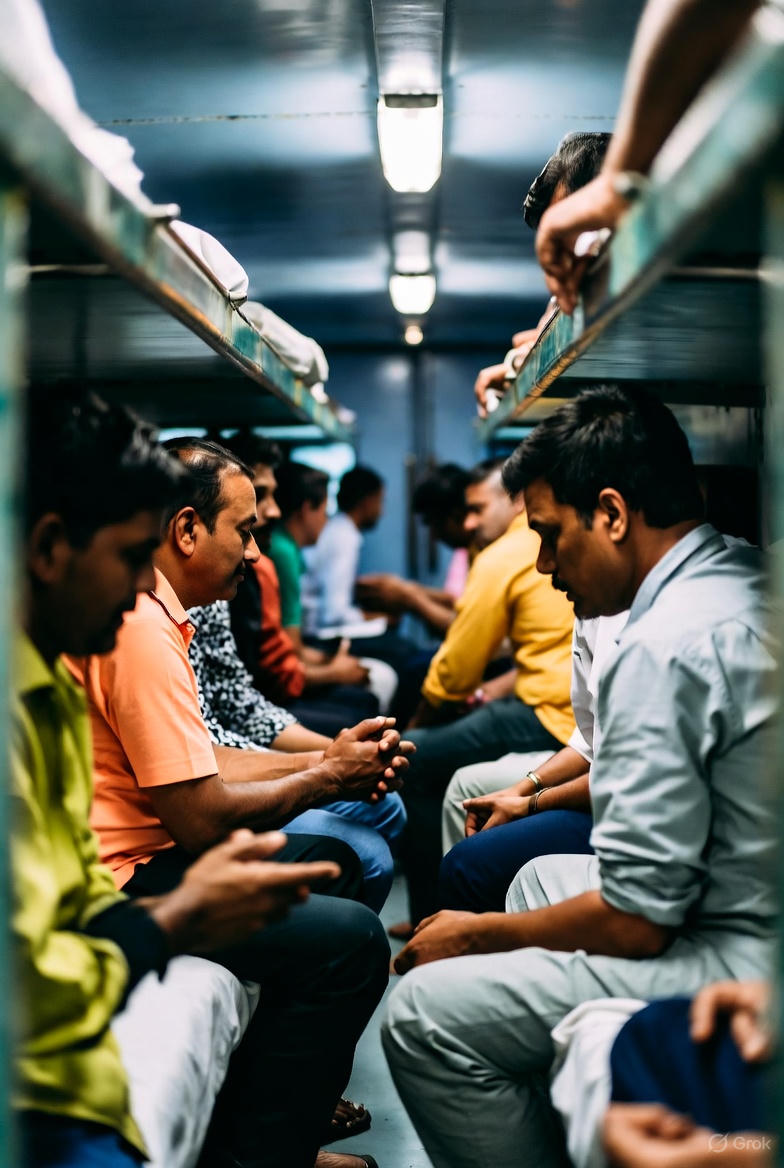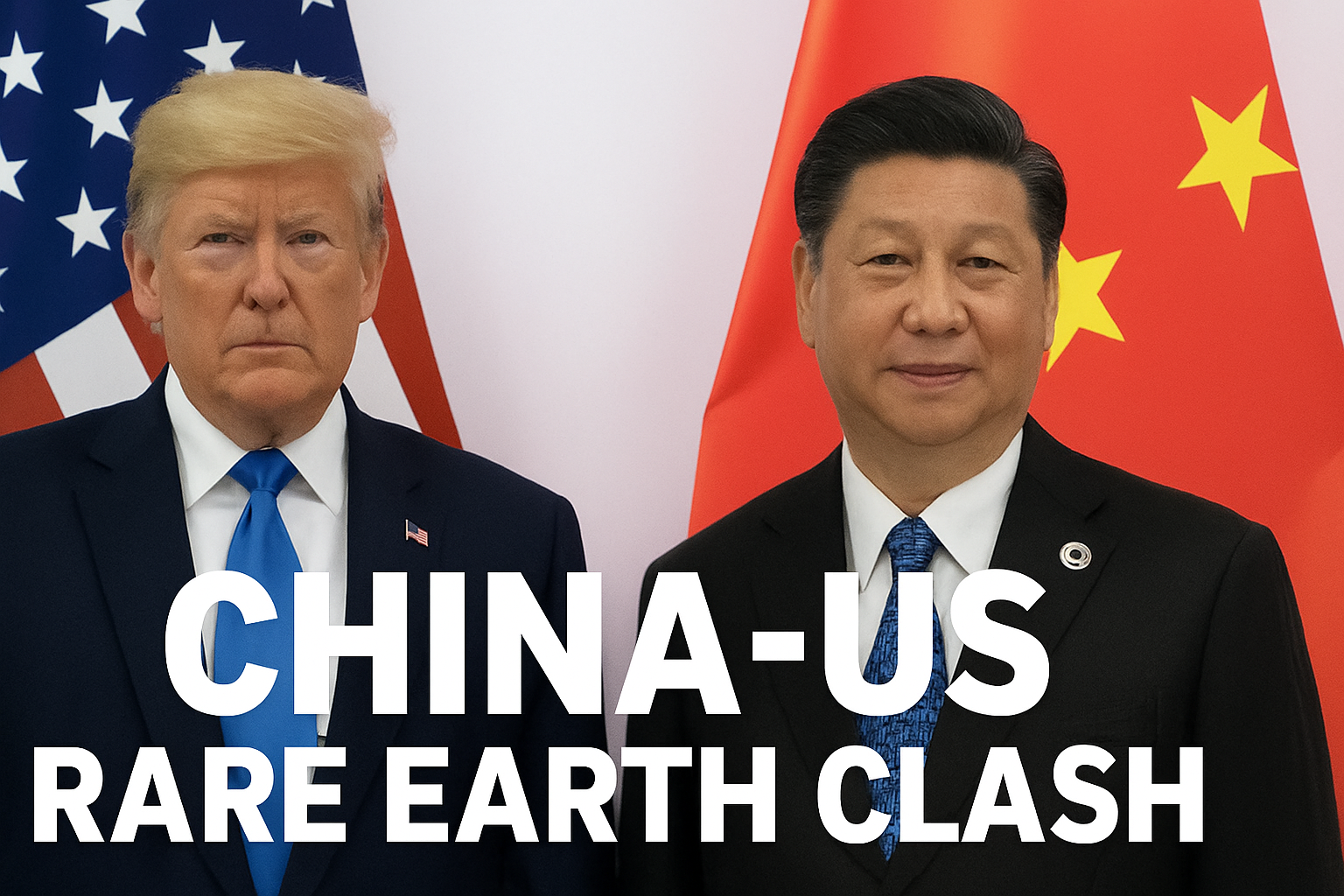.jpeg)
In July 2025, India made a formal request to Bangladesh to reconsider the demolition of a historical property in Mymensingh. This building, now under the ownership of the Bangladesh government, was the ancestral home of renowned Indian filmmaker Satyajit Ray. The house originally belonged to Ray’s grandfather, Upendra Kishor Ray Chowdhury, who was a well-known figure in the Bengal Renaissance.
The property had fallen into disrepair due to many years of neglect. The Bangladesh government planned to demolish the structure, but India expressed concern over this decision. The Indian Ministry of External Affairs described the building as an important cultural symbol and suggested that it could be repaired and converted into a museum of literature. India also offered financial and technical help for the restoration.
Cultural Importance of the Ray Family
The Ray family holds an important place in the cultural history of the Indian subcontinent. Upendra Kishor was not only a publisher and writer, but also a pioneer in children's literature and illustration in Bengal. His grandson, Satyajit Ray, went on to become one of the most respected filmmakers in world cinema. His films, such as Pather Panchali and Charulata, introduced Indian storytelling to a global audience.
The home in Mymensingh is a part of this family’s legacy. It is also a symbol of the rich cultural and literary traditions that developed in Bengal before the partition of India in 1947. At that time, Bengal was a single cultural unit, though it later became divided between India and the newly formed East Pakistan (now Bangladesh).
Shared Cultural Heritage
India’s request to preserve the building is based on the idea of shared cultural heritage. Although the two countries have separate national identities today, they share a common past. Many cultural figures like Rabindranath Tagore, Kazi Nazrul Islam, and Satyajit Ray belong to this shared history. The preservation of their homes, manuscripts, and contributions is not only important to one country, but to both.
In this case, the Ray house represents a part of the cultural connection that still exists between India and Bangladesh. By restoring and preserving such sites, both countries can honour their common past and promote mutual understanding.
India’s Soft Power Approach
India’s offer to help restore the Ray home is also part of a larger pattern in its foreign policy. This approach is often referred to as the use of soft power. Unlike hard power, which involves military or economic pressure, soft power focuses on cultural, educational, and historical ties.
Over the past decade, India has supported more than twenty cultural heritage projects in other countries. These include conservation work in Afghanistan, Myanmar, Sri Lanka, the Maldives, and Nepal. Many of these projects were completed with the help of the Archaeological Survey of India. They serve as symbols of friendship and long-term cooperation.
In Southeast Asia, India’s cultural outreach has helped preserve temples, manuscripts, and historical buildings. These efforts not only strengthen diplomatic relations but also project India’s role as a responsible regional power that respects history and culture.
The Importance of Preservation
Preserving the Ray home in Mymensingh is not just about saving an old building. It is about acknowledging the shared contributions of people who lived before modern political borders were created. India and Bangladesh were once part of the same region. Although they became separate nations, their cultural and historical roots remain deeply connected.
Efforts to protect such heritage sites help people from both sides understand their common history. They also serve as reminders that political divisions should not erase the cultural achievements of the past.
West Bengal Chief Minister Mamata Banerjee also supported the preservation of the house. She called it an “edifice of rich tradition” and appealed to the Bangladesh government to protect it. Her statement shows that the legacy of the Ray family is still respected across different parts of Bengal, regardless of current national borders.
Insightful Take
The proposed demolition of Satyajit Ray’s ancestral home raised concerns not only in India but also among historians and cultural leaders. India’s offer to cooperate on the restoration of the site reflects its broader approach to foreign relations based on shared history and cultural values.
If Bangladesh agrees to preserve and restore the house, it would not only protect a valuable heritage site but also strengthen the cultural ties between the two countries. Such steps can help build trust and friendship, especially in times when political relations may face challenges.
In this way, the story of one house in Mymensingh becomes much more than a local issue. It becomes a lesson in how nations can honour the past while building a more respectful and cooperative future.




.jpeg)





.jpeg)



.jpeg)



.jpeg)
.jpeg)
.jpeg)
